|
Back in 2012 we visited the National Centre for Contemporary Art in Nizhny Novgorod, Russia, where we watched a film by Anri Sala called ‘Dammi I Colori’. This intriguing film documented former artist and Mayor of Tirana Edi Rama’s controversial project to inject a riotous array of colour into the countries Communist era buildings. Naively we knew very little else about Albania. In the film Tirana looked horrifically run down, incredibly depressing and fairly dangerous - leaving Emma and I with the feeling that it should be avoided. Fast forward 2 years and we find ourselves at the Albanian border extremely excited at the prospect of visiting Tirana. During early 2014 I began to read more about Albania as it became a potential stop on our new route. The countries recent history was fascinating. After the Second World War the country became a Socialist Republic and was ruled from 1944, until his death in 1985, by Enver Hoxha. What was so shocking was Albania's self-isolationist policy and how it managed to exist in Europe during this period. The Communist model borrowed from the Russians led to a political allegiance that was superseded in 1960 when the Russians demanded that a submarine base be set-up in Albanian territory. Bizarrely, Albania realigned itself towards Maoist China and the country experienced a Chinese-style cultural revolution; older administrators were transferred to remote areas and younger trainees placed in positions of power. The introduction of Collective Farming and a total ban on organised religion was also enforced. The repressive political stance meant that tyrannical laws were enforced, people lived in fear of the secret police and private car ownership was banned. Until 1991 the total number of cars in Albania was only around 6000. Now the number of cars in the capital alone has increased to over 300,000 (3 in every 5 are stolen Mercedes from Western Europe). When chairman Mao died in 1976 Albania’s unique relationship with China came to an end and the country was left completely isolated. The economy was left in tatters and food shortages became common. The transitional period between Hoxha’s death in 1985 and the countries rebirth in 2000 saw much turmoil. The fall of communism in Albania, the last such event in Europe outside the USSR, started in December 1990 with student demonstrations. During this time most Albanians were unaware that the Berlin Wall had fallen the previous year! During the Balkans war in the mid-1990s, Tirana experienced dramatic events such as the Albanian Rebellion that unfolded in 1997. The unrest was kick-started by failing fraudulent pyramid investment schemes endorsed by corrupt government officials. Eventually the country descended into national civil disorder and violence resulting in 2000 deaths and the government being toppled. In 2000 Edi Rama became the mayor of Tirana. Rama entered office facing the challenges of corruption, a lack of citizen support, lawlessness and a miniscule budget. He also had the added pressure of working with European Union officials in the lead-up to Albania’s application to join the EU. Rama, a former artist, national basketball player and writer began his term by implementing his ‘Clean and Green’ and ‘Return to Identity’ projects. Rama’s deceptively simple plan to cut crime, curb corruption and win the people over was completely unique. The aim of Rama’s ‘Clean and Green’ project was to unite the residents of Tirana and to instill civic pride and a sense of security back to the city’s inhabitants. He planned to achieve this by reclaiming public spaces, demolishing illegal buildings around the River Lana and transforming the grey ‘Communist’ city into Europe’s most colourful capital. Rama’s first step in reclaiming ownership of the city for the people was to paint the drab grey Communist concrete facades in vibrant colours and geometric patterns. This simple injection of colour became a focal point and the people reacted with discussion. Despite split opinions, is was the first time there was a sense of a shared public space and community. "After communism and the events in 1997 people were lacking a sense of belonging to the country. There was a rage against everything that was a state building because it was perceived as property of the enemy… We are trying to make people understand that what is public is also yours." Edi Rama quoted in "You've got to tear this old building down" Throughout the 90’s hundreds of illegal kiosks and apartment buildings were constructed without planning on former public areas. Rama’s projects reclaimed public space by demolishing illegal buildings, which resulted in the production of 96,700 square metres of green land and parks. Within these spaces Rama planted nearly 55,000 trees, punctuating the grey of the city with lush green public areas. The simple act of painting and planting wasn’t just an aesthetic change, it was a political act, which prompted social transformation and much debate. This simple rebirth and the signs of change revived the hope of the people by making them proud of their environment; crime fell, people dropped less litter and eventually a collective responsibility crept into peoples consciousness. This painterly transformation didn’t resolve all the cities problems but it did begin to put the people first, it showed the citizens that they could have faith in their leaders once more. Despite the capitals development, Rama’s progressive efforts are not entirely understood or appreciated throughout the whole of Albania. Rama’s dramatic transformation of Tirana did however give birth to a rare breed of Balkan politician – one that drew positive interest from Western audiences. His Twitter, Facebook and TED Talk internet presence make him a PR dream, this coupled with his proven track record meant he landed the country’s top executive position, prime minister, in 2013. He now faces the challenge of shifting the West’s perception of the country. Some critics (mostly Rama’s political opposition) say that the facade of new Tirana is just that, a facade. Albania is still Europe’s poorest country and is plagued by drugs and arms trade, power-cuts, murders, corruption and organised crime. It may be true that not all of Albania’s ingrained problems can be solved with a lick of paint but it is certainly a good start in lifting Albania from its historical abyss. Rama’s legacy and vibrant attitude has had, and continues to have, a lasting effect on the country. New buildings are equally as colourful as the old and not only has he restored civic pride, he has inadvertently created cultural tourism to help the countries economy. Albania completely fulfilled all my expectations and I can confirm that Edi Rama fulfilled his goal of creating the most colourful capital in Europe. "Tirana has become the good news from Albania and has changed the image of the country. People that come here are surely surprised, because the stereotype is very strong, and is very different from the reality. And it's nice to see foreigners coming and being amazed, just amazed." Edi Rama quoted in "You've got to tear this old building down"
0 Comments
Your comment will be posted after it is approved.
Leave a Reply. |
Archives
July 2020
Categories
All
|
Proudly powered by Weebly

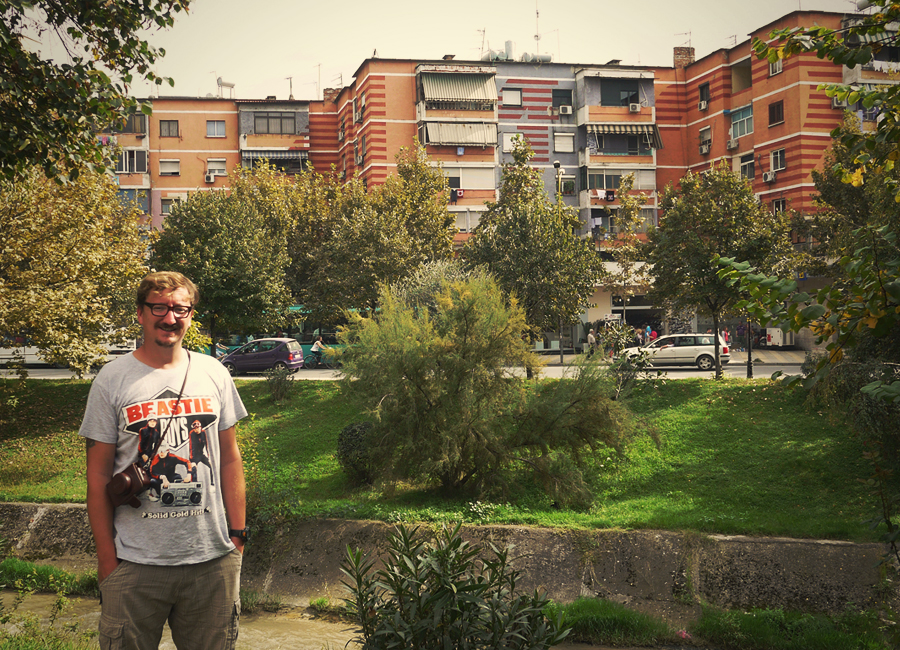
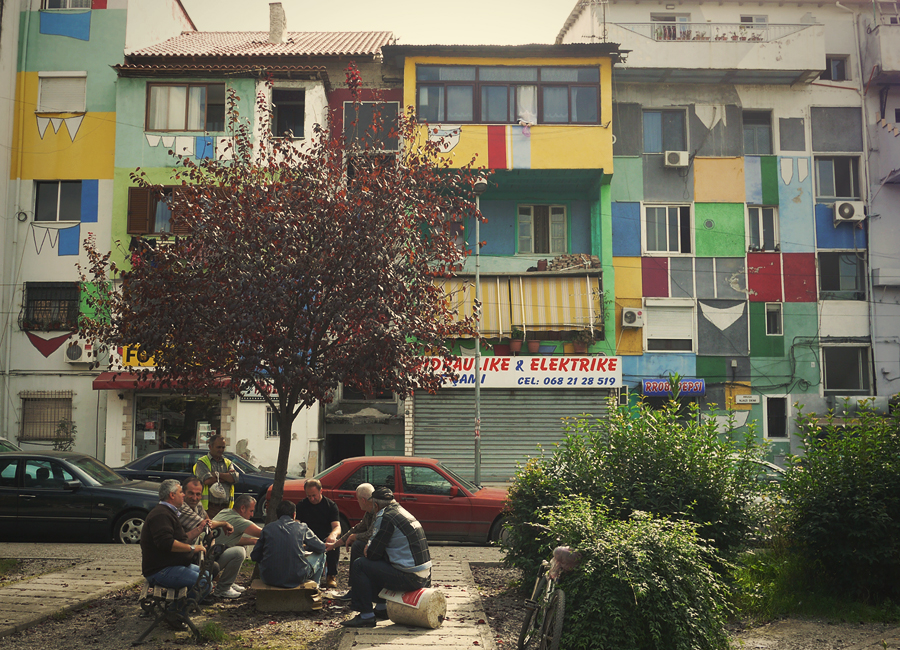
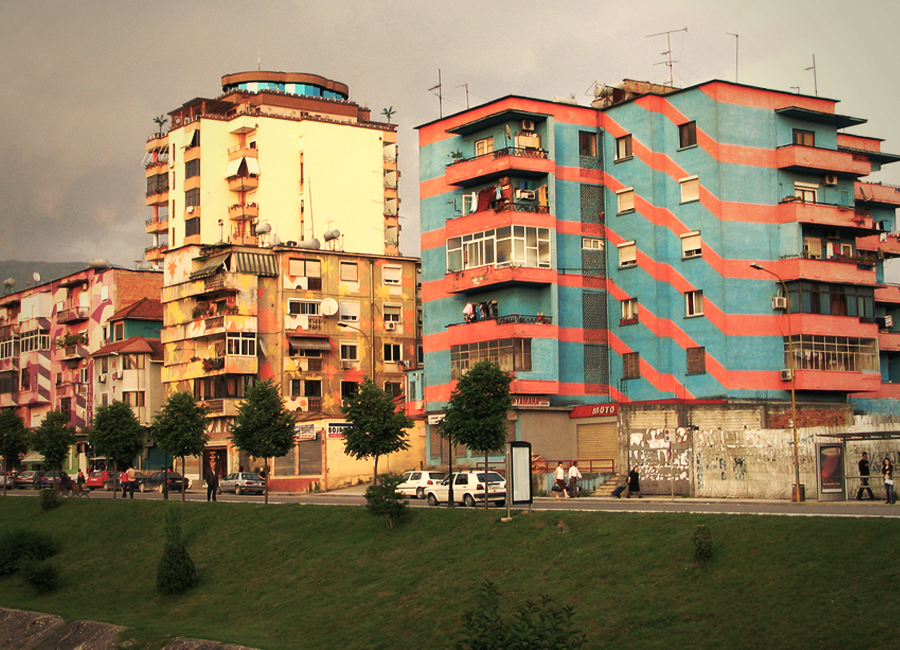
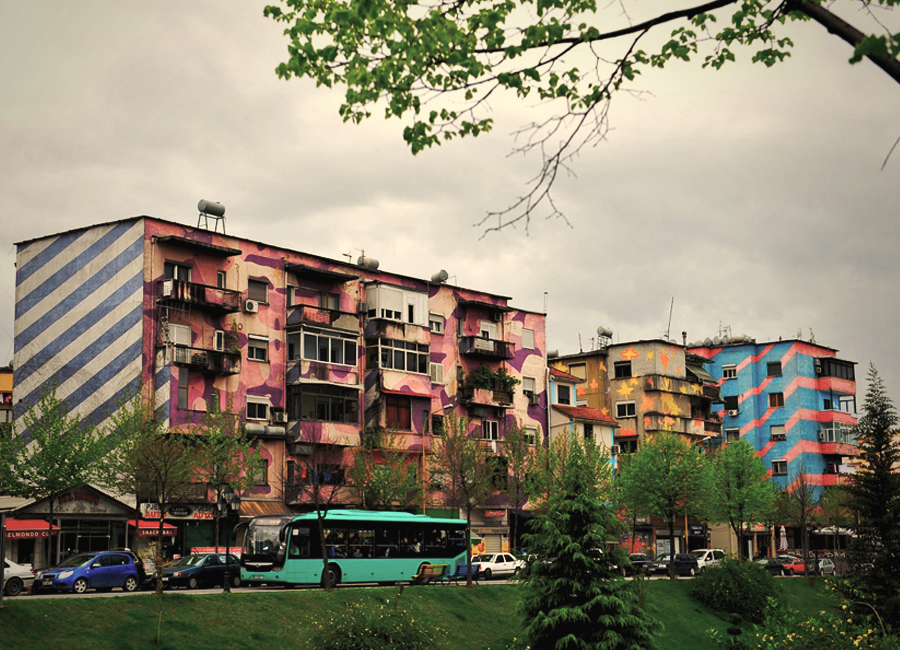

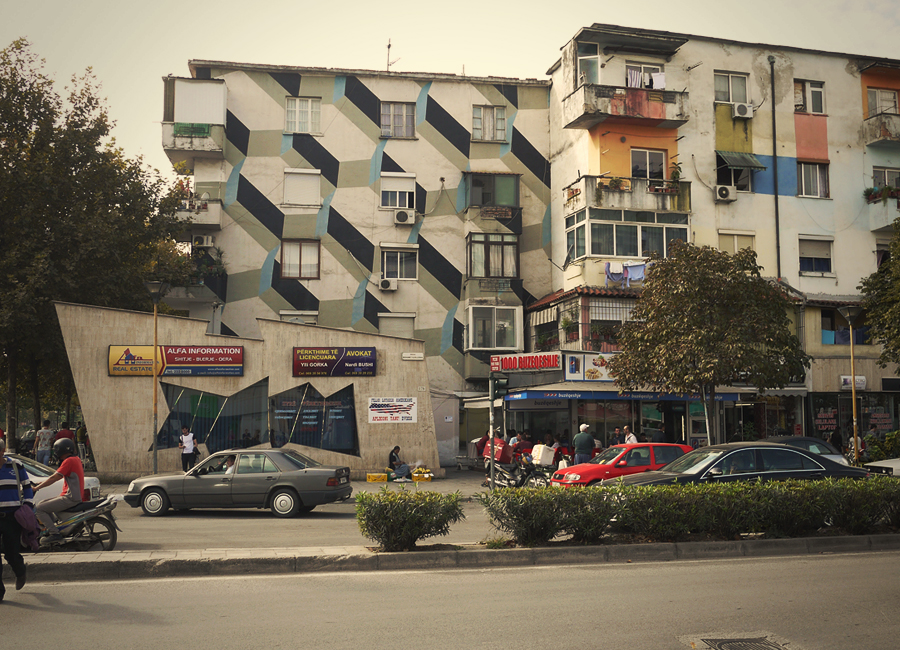
 RSS Feed
RSS Feed